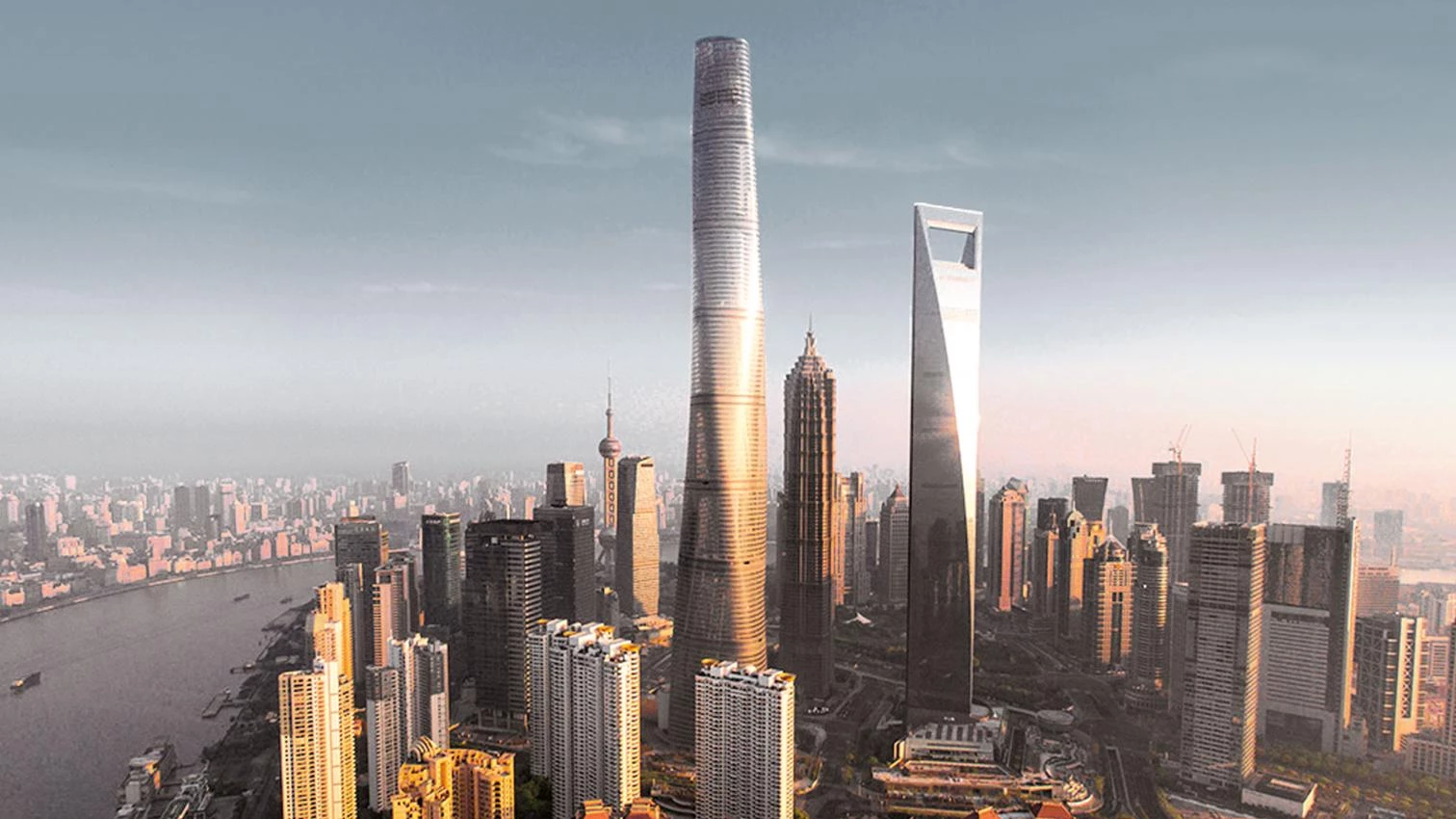
The recently opened Shanghai Tower in the Pudong district of China’s economic capital, has taken its place as the second tallest building in the world, after the Burj Khalifa in Dubai. Soaring 632 meters and 128 floors, the new supertall skyscraper – property of a consortium of Chinese state companies – is a design of the American multinational firm Gensler, in collaboration with the local practice 2DEFINE Architecture. Execution of the project has involved an enormous technical challenge and has taken more than six years to complete.
This latest of ‘Asian giants’ is a svelte vertical structure with a cylindrial form and a double glass skin. The outer layer of this cladding twists around itself to provide greater resistance to wind while giving the tower its characteristic appearance. In addition, such a double facade system serves to create an air chamber between the two layers which functions as a natural thermal insulator and mitigates the effects of Shanghai’s harsh climate.
From the earliest stages of the project, the architects paid very close attention to all those aspects of the design which were most closely connected to the sustainability of the construction. The building therefore features a broad diversity of mechanisms working toward energy efficiency, including a geothermal system for taking advantage of natural ground temperature, a series of devices for rainwater collection, and a battery of high-speed elevators that generate power through motion.





